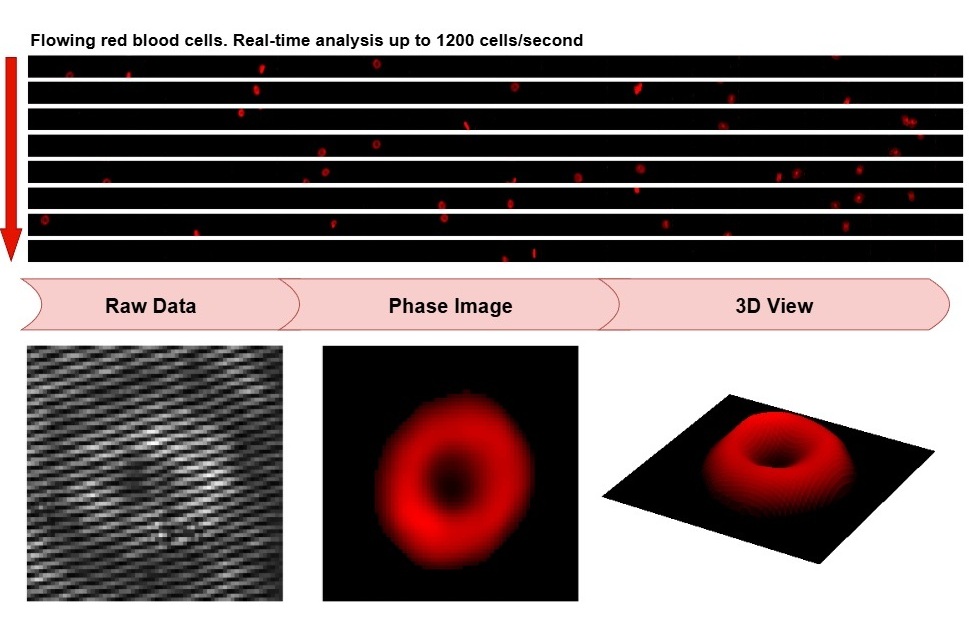A Protein Biomarker Aids Cancer Patients by Controlling the Dosage of Highly Toxic Cisplatin
|
By LabMedica International staff writers Posted on 12 Apr 2021 |
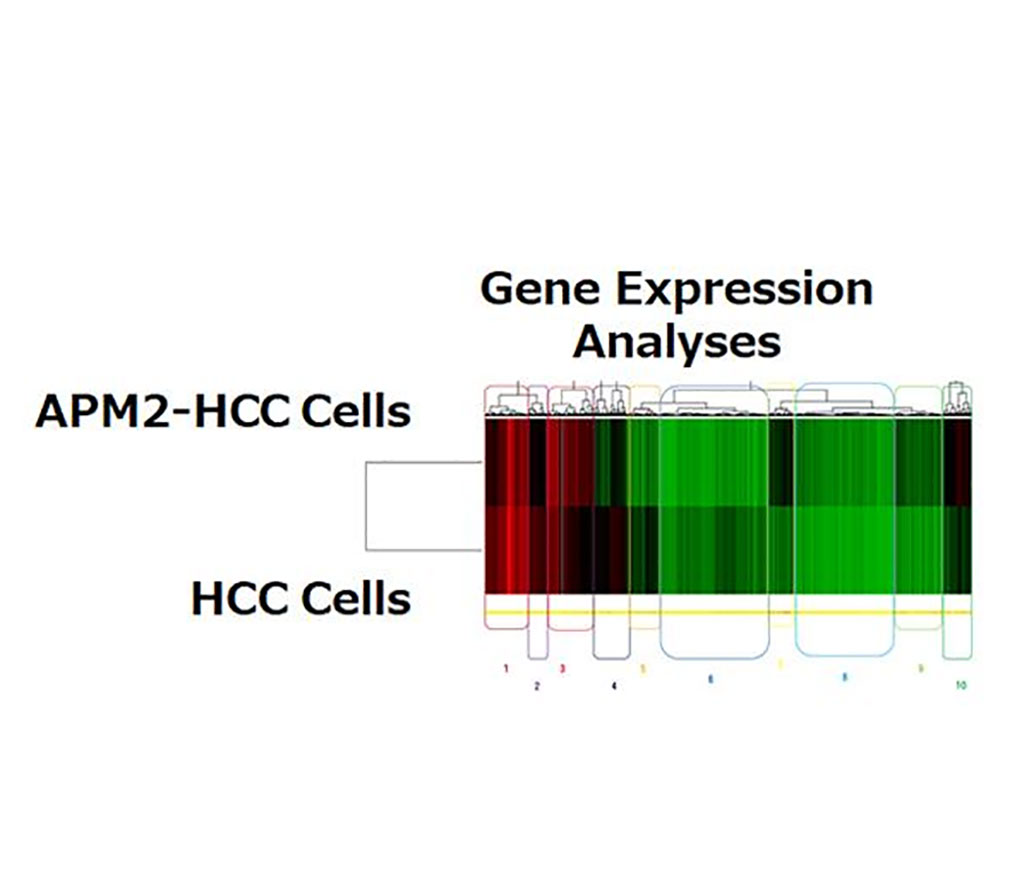
Image: APM2 overexpression increases the expression of the ERCC6L gene (Photo courtesy of Niigata University)
A team of Japanese investigators has identified a protein biomarker that may help clinicians control the dosage of the highly toxic chemotherapeutic drug cisplatin.
While cisplatin (CDDP) is effective in many types of cancers - including testicular cancer, ovarian cancer, cervical cancer, breast cancer, bladder cancer, head and neck cancer, esophageal cancer, lung cancer, mesothelioma, brain tumors, and neuroblastoma - in high doses it causes cytotoxic effects that may worsen patients’ condition. Thus, a marker of sensitivity to CDDP is necessary to enhance the safety and efficiency of CDDP administration.
In this regard, investigators at Niigata University (Japan) and their collaborators focused on the protein adipose most abundant 2 (APM2) to examine its potential as a marker of CDDP sensitivity. The relationship of APM2 expression with the mechanisms of CDDP resistance was examined in vitro and in vivo using hepatocellular carcinoma (HCC) cells, tissues, and serum from71 HCC patients treated initially with intrahepatic arterial infusion of CDDP followed by surgical resection. The predictability of serum APM2 for CDDP sensitivity was assessed in an additional 54 HCC patients and 14 gastric cancer (GC) patients.
Results revealed that APM2 expression in CDDP-resistant HCC was significantly higher both in serum and the tissue. Bioinformatic analyses and histological analyses demonstrated upregulation of the ERCC6L (DNA excision repair protein ERCC6-like) gene by APM2, which was thought to account for the degree of APM2 expression.
Serum APM2 levels and chemosensitivity for CDDP were assessed, and the cut-off value of serum APM2 for predicting the sensitivity to CDDP was determined to be 18.7 micrograms/milliliter. This protein concentration was evaluated in 54 HCC and 14 GC patients for its predictability of CDDP sensitivity, resulting in predictive value of 77.3% and 100%, respectively.
"Our results demonstrate a significant relationship between the high level of APM2 expression in serum, cancerous cells in the liver, the surrounding liver tissue, and cisplatin resistance. The study reveals that APM2 expression is related to cisplatin sensitivity," said first author Dr. Kenya Kamimura, lecturer in the division of gastroenterology and hepatology at Niigata University. "The serum APM2 can be an effective biomarker of the liver and gastric cancer cells for determining the sensitivity to cisplatin. The results of the study would provide an advantage for the technicians, allowing easy adaption in small local clinics."
Dr. Kamimura said, "To the best of our knowledge, this is the first report to demonstrate that the serum level of APM2 can be the predictor of the CDDP chemosensitivity. This study thus represents a milestone for detecting CDDP sensitivity, and further studies will help modify APM2 expression, which could contribute to the chemosensitization of the tumor."
The cisplatin resistance study was published in the March 18, 2021, online edition of the journal Scientific Reports.
Related Links:
Niigata University
While cisplatin (CDDP) is effective in many types of cancers - including testicular cancer, ovarian cancer, cervical cancer, breast cancer, bladder cancer, head and neck cancer, esophageal cancer, lung cancer, mesothelioma, brain tumors, and neuroblastoma - in high doses it causes cytotoxic effects that may worsen patients’ condition. Thus, a marker of sensitivity to CDDP is necessary to enhance the safety and efficiency of CDDP administration.
In this regard, investigators at Niigata University (Japan) and their collaborators focused on the protein adipose most abundant 2 (APM2) to examine its potential as a marker of CDDP sensitivity. The relationship of APM2 expression with the mechanisms of CDDP resistance was examined in vitro and in vivo using hepatocellular carcinoma (HCC) cells, tissues, and serum from71 HCC patients treated initially with intrahepatic arterial infusion of CDDP followed by surgical resection. The predictability of serum APM2 for CDDP sensitivity was assessed in an additional 54 HCC patients and 14 gastric cancer (GC) patients.
Results revealed that APM2 expression in CDDP-resistant HCC was significantly higher both in serum and the tissue. Bioinformatic analyses and histological analyses demonstrated upregulation of the ERCC6L (DNA excision repair protein ERCC6-like) gene by APM2, which was thought to account for the degree of APM2 expression.
Serum APM2 levels and chemosensitivity for CDDP were assessed, and the cut-off value of serum APM2 for predicting the sensitivity to CDDP was determined to be 18.7 micrograms/milliliter. This protein concentration was evaluated in 54 HCC and 14 GC patients for its predictability of CDDP sensitivity, resulting in predictive value of 77.3% and 100%, respectively.
"Our results demonstrate a significant relationship between the high level of APM2 expression in serum, cancerous cells in the liver, the surrounding liver tissue, and cisplatin resistance. The study reveals that APM2 expression is related to cisplatin sensitivity," said first author Dr. Kenya Kamimura, lecturer in the division of gastroenterology and hepatology at Niigata University. "The serum APM2 can be an effective biomarker of the liver and gastric cancer cells for determining the sensitivity to cisplatin. The results of the study would provide an advantage for the technicians, allowing easy adaption in small local clinics."
Dr. Kamimura said, "To the best of our knowledge, this is the first report to demonstrate that the serum level of APM2 can be the predictor of the CDDP chemosensitivity. This study thus represents a milestone for detecting CDDP sensitivity, and further studies will help modify APM2 expression, which could contribute to the chemosensitization of the tumor."
The cisplatin resistance study was published in the March 18, 2021, online edition of the journal Scientific Reports.
Related Links:
Niigata University
Latest Molecular Diagnostics News
- New Biomarker Panel to Improve Heart Failure Diagnosis in Women
- Dual Blood Biomarkers Improve ALS Diagnostic Accuracy
- Automated Test Distinguishes Dengue from Acute Fever-Causing Illnesses In 18 Minutes
- High-Sensitivity Troponin I Assay Aids in Diagnosis of Myocardial Infarction
- Fast Low-Cost Alzheimer’s Tests Could Detect Disease in Early and Silent Stages
- Further Investigation of FISH-Negative Tests for Renal Cell Carcinoma Improves Diagnostic Accuracy
- First Direct Measurement of Dementia-Linked Proteins to Enable Early Alzheimer’s Detection
- New Diagnostic Method Detects Pneumonia at POC in Low-Resource Settings
- Blood Immune Cell Analysis Detects Parkinson’s Before Symptoms Appear
- New Diagnostic Marker for Ovarian Cancer to Enable Early Disease Detection

- Urine Test Detects Early Stage Pancreatic Cancer
- Genomic Test Could Reduce Lymph Node Biopsy Surgery in Melanoma Patients
- Urine Test Could Replace Painful Kidney Biopsies for Lupus Patients
- Blood Test Guides Post-Surgical Immunotherapy for Muscle-Invasive Bladder Cancer
- Mitochondrial DNA Mutations from Kidney Stressors Could Predict Future Organ Decline
- Blood Test Could Predict Bariatric Surgery Outcomes in Teenagers
Channels
Clinical Chemistry
view channel
VOCs Show Promise for Early Multi-Cancer Detection
Early cancer detection is critical to improving survival rates, but most current screening methods focus on individual cancer types and often involve invasive procedures. This makes it difficult to identify... Read more
Portable Raman Spectroscopy Offers Cost-Effective Kidney Disease Diagnosis at POC
Kidney disease is typically diagnosed through blood or urine tests, often when patients present with symptoms such as blood in urine, shortness of breath, or weight loss. While these tests are common,... Read moreHematology
view channel
ADLM’s New Coagulation Testing Guidance to Improve Care for Patients on Blood Thinners
Direct oral anticoagulants (DOACs) are one of the most common types of blood thinners. Patients take them to prevent a host of complications that could arise from blood clotting, including stroke, deep... Read more
Viscoelastic Testing Could Improve Treatment of Maternal Hemorrhage
Postpartum hemorrhage, severe bleeding after childbirth, remains one of the leading causes of maternal mortality worldwide, yet many of these deaths are preventable. Standard care can be hindered by delays... Read more
Pioneering Model Measures Radiation Exposure in Blood for Precise Cancer Treatments
Scientists have long focused on protecting organs near tumors during radiotherapy, but blood — a vital, circulating tissue — has largely been excluded from dose calculations. Each blood cell passing through... Read moreImmunology
view channel
Chip Captures Cancer Cells from Blood to Help Select Right Breast Cancer Treatment
Ductal carcinoma in situ (DCIS) accounts for about a quarter of all breast cancer cases and generally carries a good prognosis. This non-invasive form of the disease may or may not become life-threatening.... Read more
Blood-Based Liquid Biopsy Model Analyzes Immunotherapy Effectiveness
Immunotherapy has revolutionized cancer care by harnessing the immune system to fight tumors, yet predicting who will benefit remains a major challenge. Many patients undergo costly and taxing treatment... Read moreMicrobiology
view channel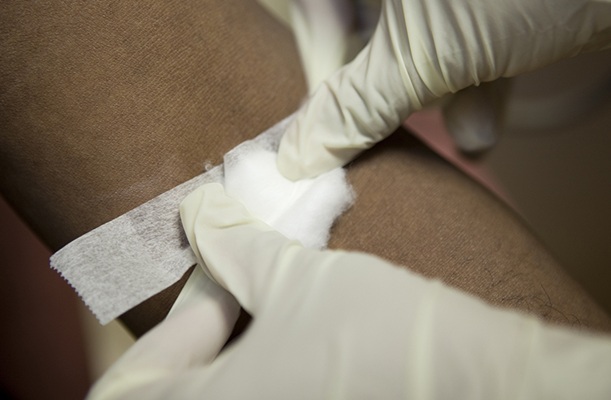
15-Minute Blood Test Diagnoses Life-Threatening Infections in Children
Distinguishing minor childhood illnesses from potentially life-threatening infections such as sepsis or meningitis remains a major challenge in emergency care. Traditional tests can take hours, leaving... Read more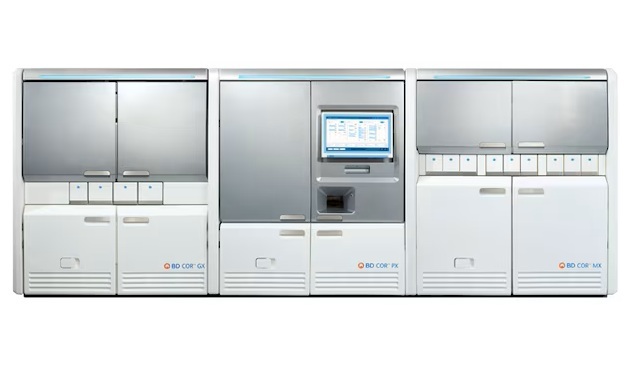
High-Throughput Enteric Panels Detect Multiple GI Bacterial Infections from Single Stool Swab Sample
Gastrointestinal (GI) infections are among the most common causes of illness worldwide, leading to over 1.7 million deaths annually and placing a heavy burden on healthcare systems. Conventional diagnostic... Read morePathology
view channel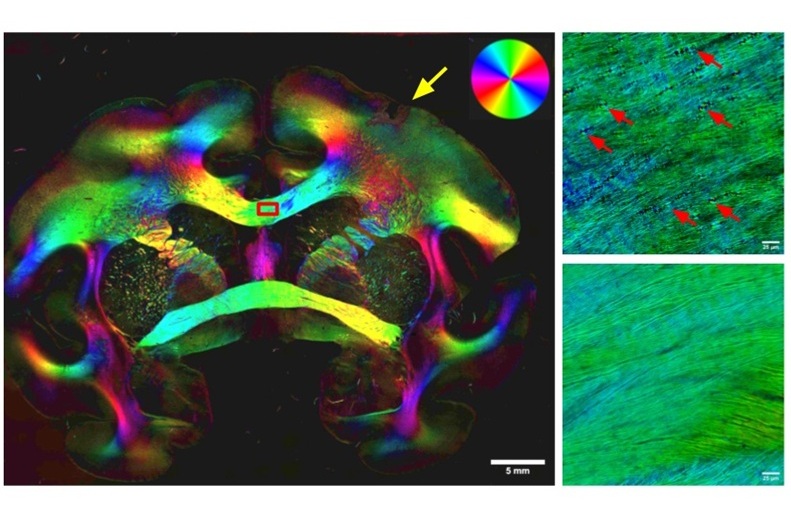
Highly Sensitive Imaging Technique Detects Myelin Damage
Damage to myelin—the insulating layer that helps brain cells function efficiently—is a hallmark of many neurodegenerative diseases, age-related decline, and traumatic injuries. However, studying this damage... Read more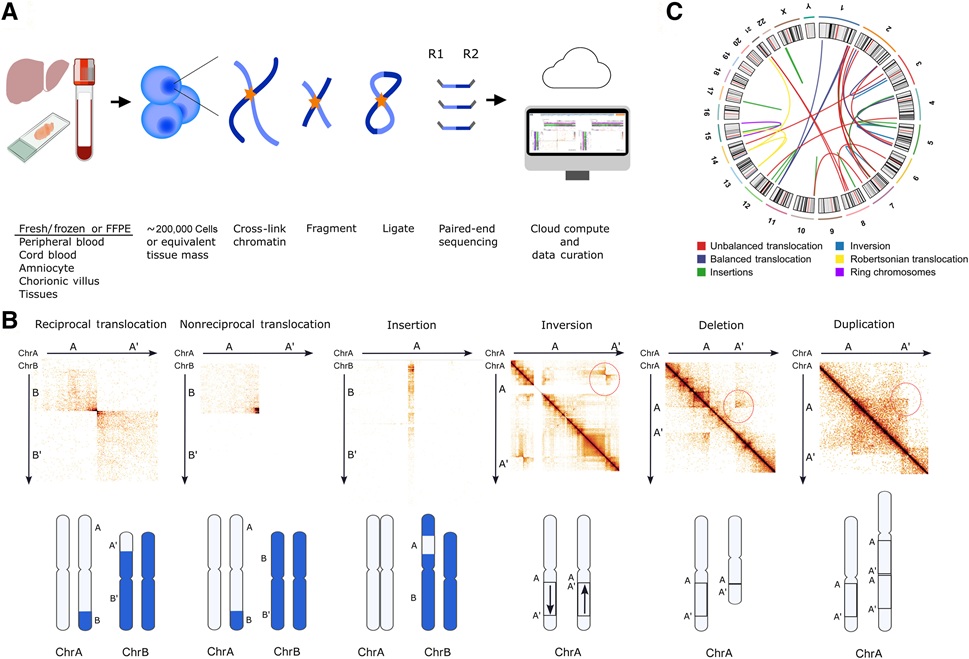
3D Genome Mapping Tool to Improve Diagnosis and Treatment of Genetic Diseases
Standard laboratory tests often fail to detect complex DNA rearrangements that underlie many genetic diseases. To bridge this diagnostic gap, researchers have developed a 3D chromosome mapping method that... Read more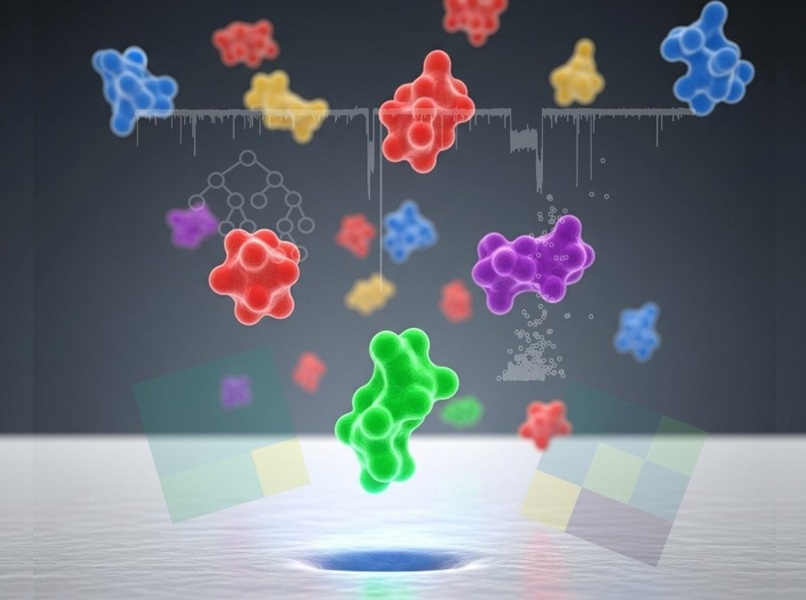
New Molecular Analysis Tool to Improve Disease Diagnosis
Accurately distinguishing between similar biomolecules such as proteins is vital for biomedical research and diagnostics, yet existing analytical tools often fail to detect subtle structural or compositional... Read more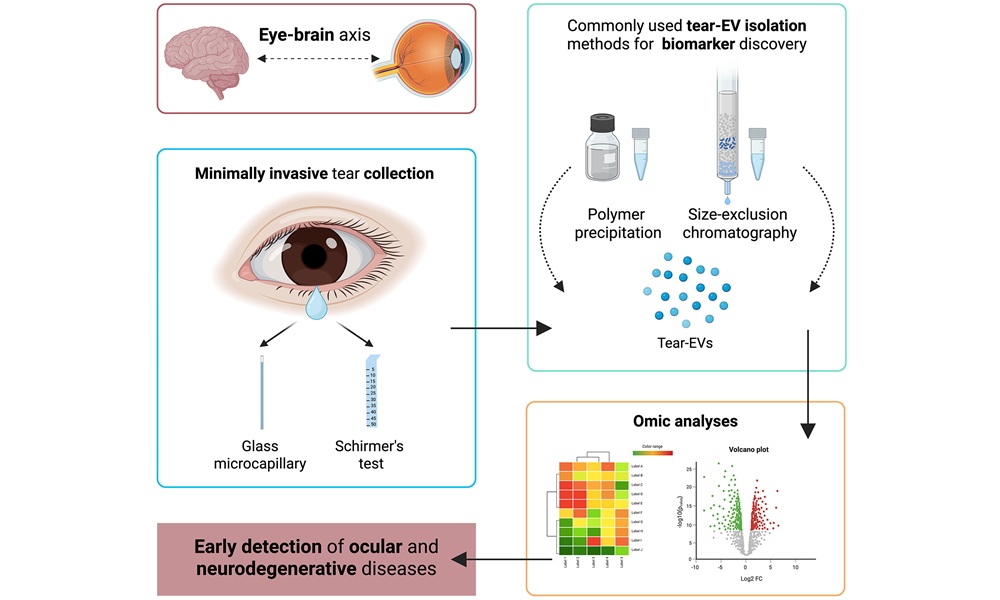
Tears Offer Noninvasive Alternative for Diagnosing Neurodegenerative Diseases
Diagnosing and monitoring eye and neurodegenerative diseases often requires invasive procedures to access ocular fluids. Ocular fluids like aqueous humor and vitreous humor contain valuable molecular information... Read moreTechnology
view channel
Portable Biosensor Diagnoses Psychiatric Disorders Using Saliva Samples
Early diagnosis of psychiatric disorders such as depression, schizophrenia, and bipolar disorder remains one of medicine’s most pressing challenges. Current diagnostic methods rely heavily on clinical... Read more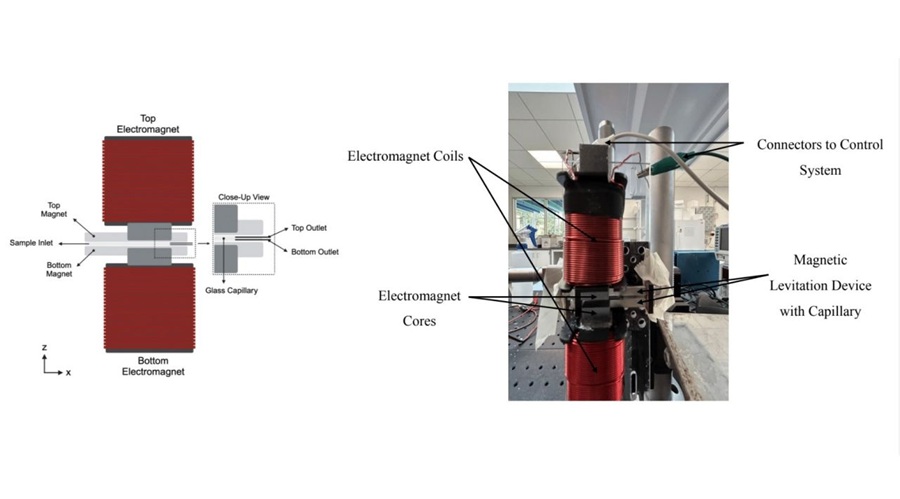
Cell-Sorting Device Uses Electromagnetic Levitation to Precisely Direct Cell Movement
Sorting different cell types—such as cancerous versus healthy or live versus dead cells—is a critical task in biology and medicine. However, conventional methods often require labeling, chemical exposure,... Read moreIndustry
view channel
Co-Diagnostics Forms New Business Unit to Develop AI-Powered Diagnostics
Co-Diagnostics, Inc. (Salt Lake City, UT, USA) has formed a new artificial intelligence (AI) business unit to integrate the company's existing and planned AI applications into its Co-Dx Primer Ai platform.... Read more









 assay.jpg)








